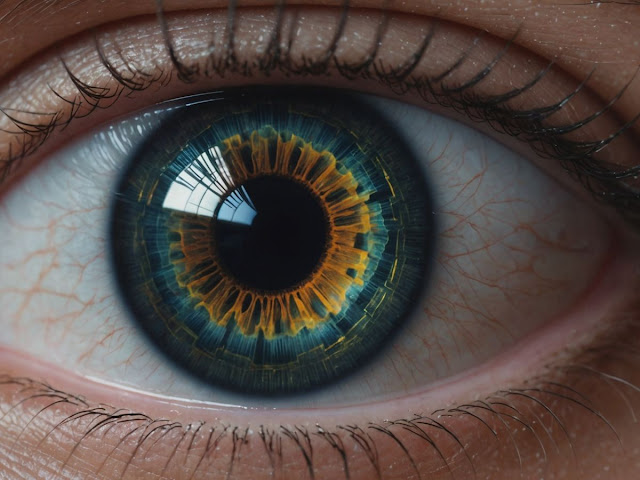In a groundbreaking development, scientists have discovered a novel method to detect deepfakes by analysing the reflections in human eyes.
This innovative approach, inspired by techniques used in astronomy, promises to enhance the accuracy of identifying AI-generated images and videos, which are becoming increasingly sophisticated and prevalent.
Key Takeaways
- Scientists have developed a new method to detect deepfakes by analysing eye reflections.
- The technique borrows from astronomical methods used to study galaxies.
- Consistent reflections in both eyes indicate a real image, while inconsistencies suggest a deepfake.
- The method is not foolproof but provides a significant step forward in the fight against deepfakes.
The Science Behind the Method
Researchers from the University of Hull, led by MSc student Adejumoke Owolabi, have applied astronomical techniques to the study of human eye reflections. By examining the light reflections in the eyes of both real and AI-generated images, they found that inconsistencies in these reflections are a strong indicator of deepfakes.
Professor Kevin Pimbblet, an astrophysics expert at the University of Hull, explained that the reflections in the eyeballs are consistent for real people but incorrect for fake ones. This discrepancy arises from the physics of light distribution, which is typically uniform in real images but flawed in AI-generated ones.
How It Works
The method involves several steps:
- Image Analysis: Researchers analyse the reflections of light on the eyeballs in both real and AI-generated images.
- Astronomical Techniques: They employ techniques used in astronomy, such as the Gini coefficient, to quantify these reflections.
- Consistency Check: The reflections in the left and right eyeballs are compared for consistency. Real images show matching reflections, while deepfakes do not.
Limitations and Future Prospects
While this method marks a significant advancement, it is not without limitations. Professor Pimbblet cautioned that there are false positives and negatives, meaning the technique is not infallible. However, it provides a robust foundation for further research and development in deepfake detection.
The Growing Threat of Deepfakes
Deepfakes pose a substantial threat to society, with the potential to spread misinformation, create fraudulent identities, and manipulate public opinion. As AI technology advances, distinguishing between real and fake content becomes increasingly challenging. This new method represents a crucial step in the ongoing battle against these sophisticated forgeries.
Conclusion
The application of astronomical techniques to detect deepfakes through eye reflections is a promising development in the fight against AI-generated misinformation. While not a silver bullet, it offers a new tool in the arsenal against the growing threat of deepfakes, highlighting the need for innovative and collaborative solutions in this field.
Sources
- Expose Deepfakes By Treating Human Eyes Like Galaxies, Scientists Say, Forbes.
- Want to spot a deepfake? Look for the stars in their eyes | The Royal Astronomical Society, The Royal Astronomical Society.
- Deepfakes Can Be Detected by Borrowing a Method From Astronomy | PetaPixel, PetaPixel.
- Something Fascinating Is Wrong With the Eyes in Deepfakes, Futurism.
- Eye reflections: The key to detecting deepfakes - Earth.com, Earth.com.


